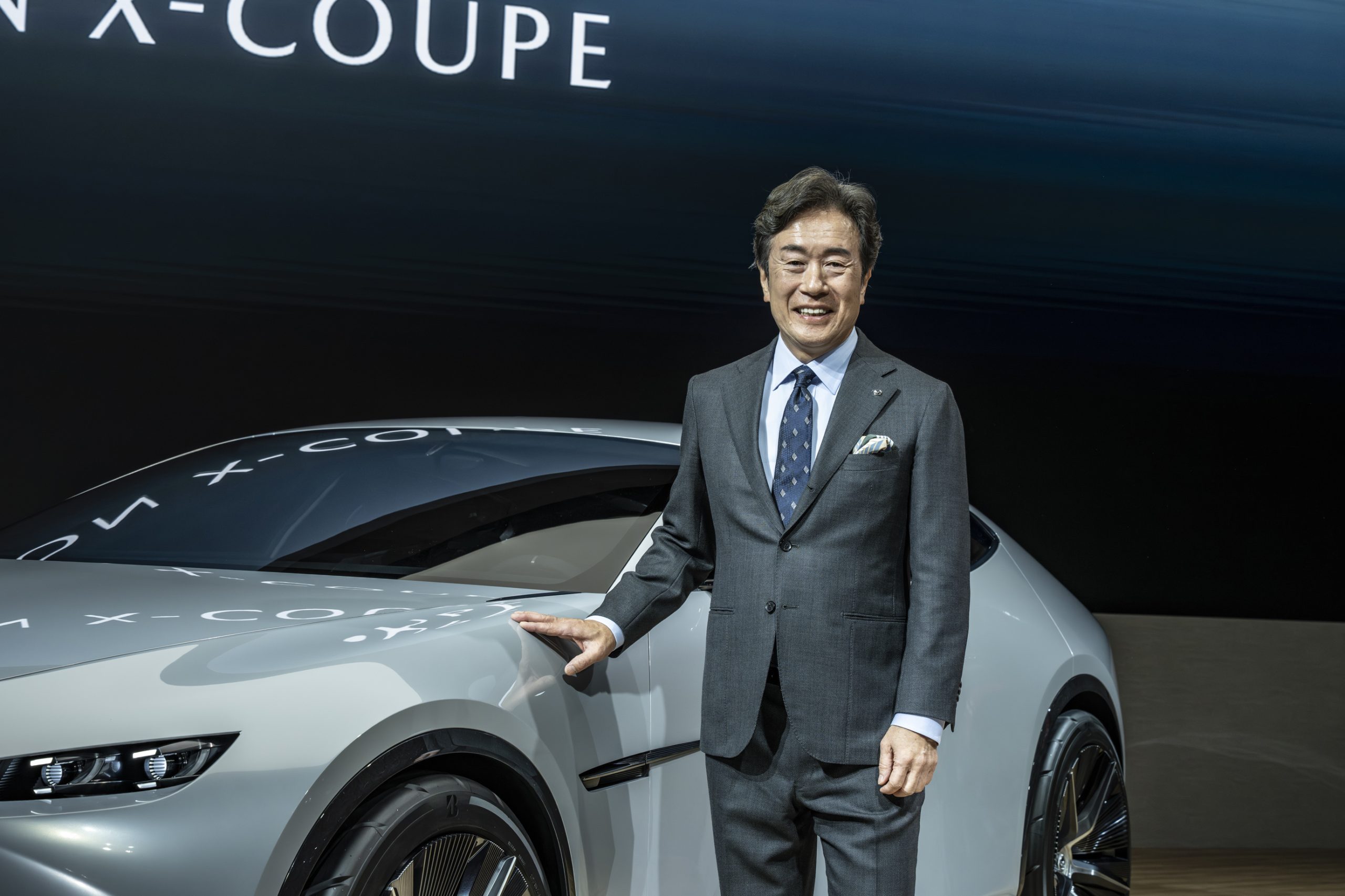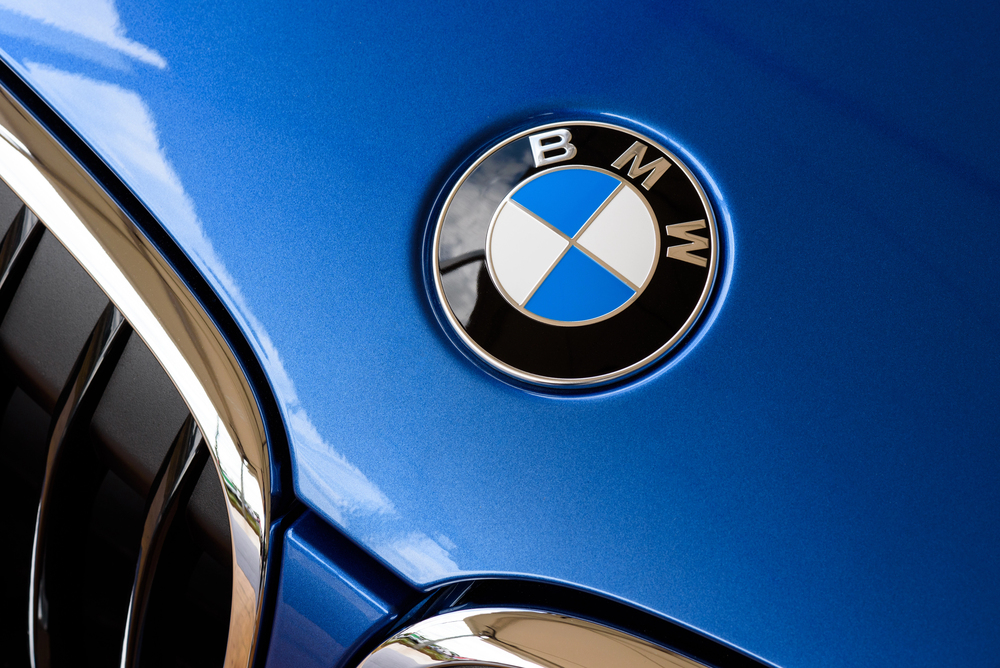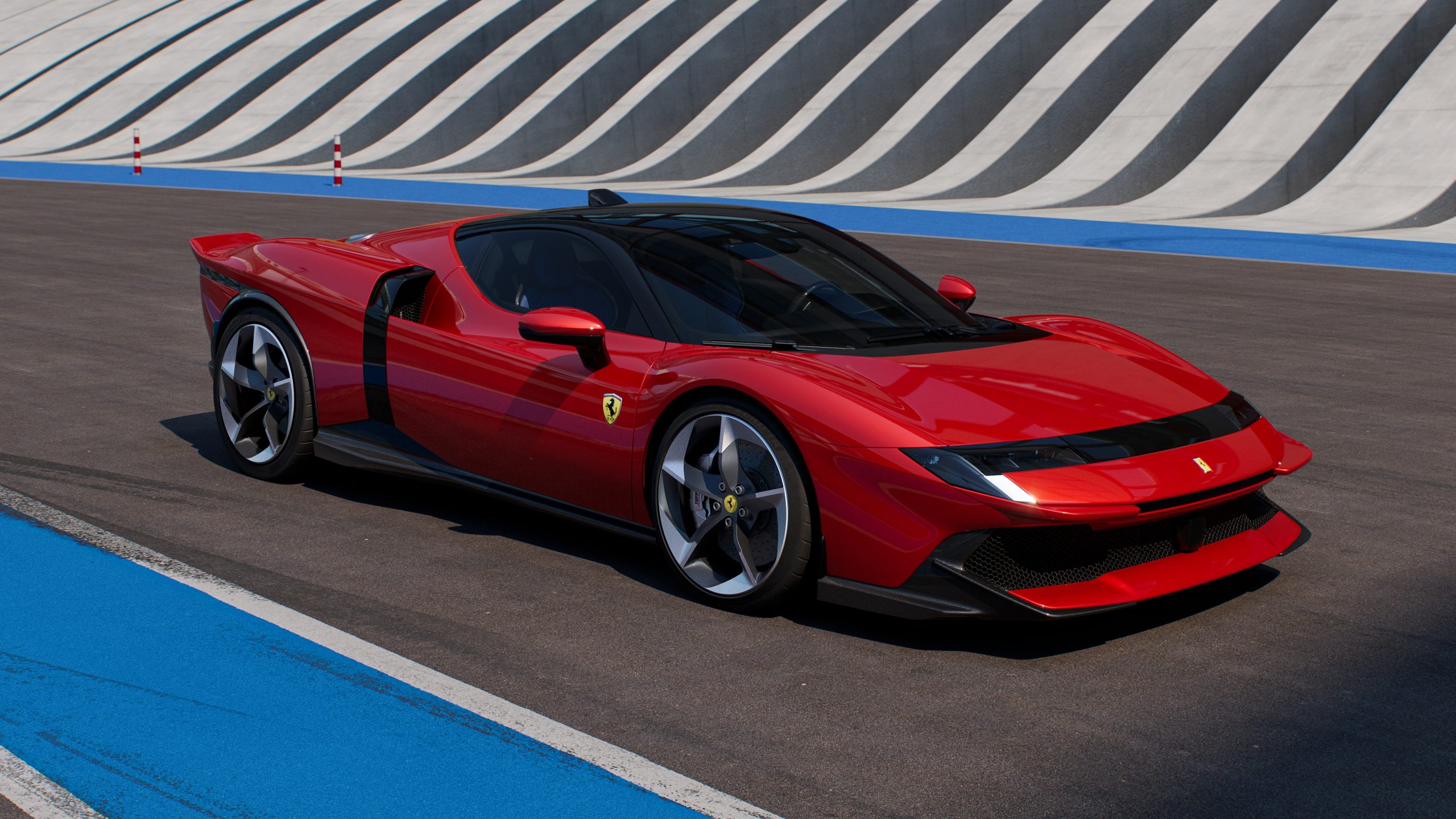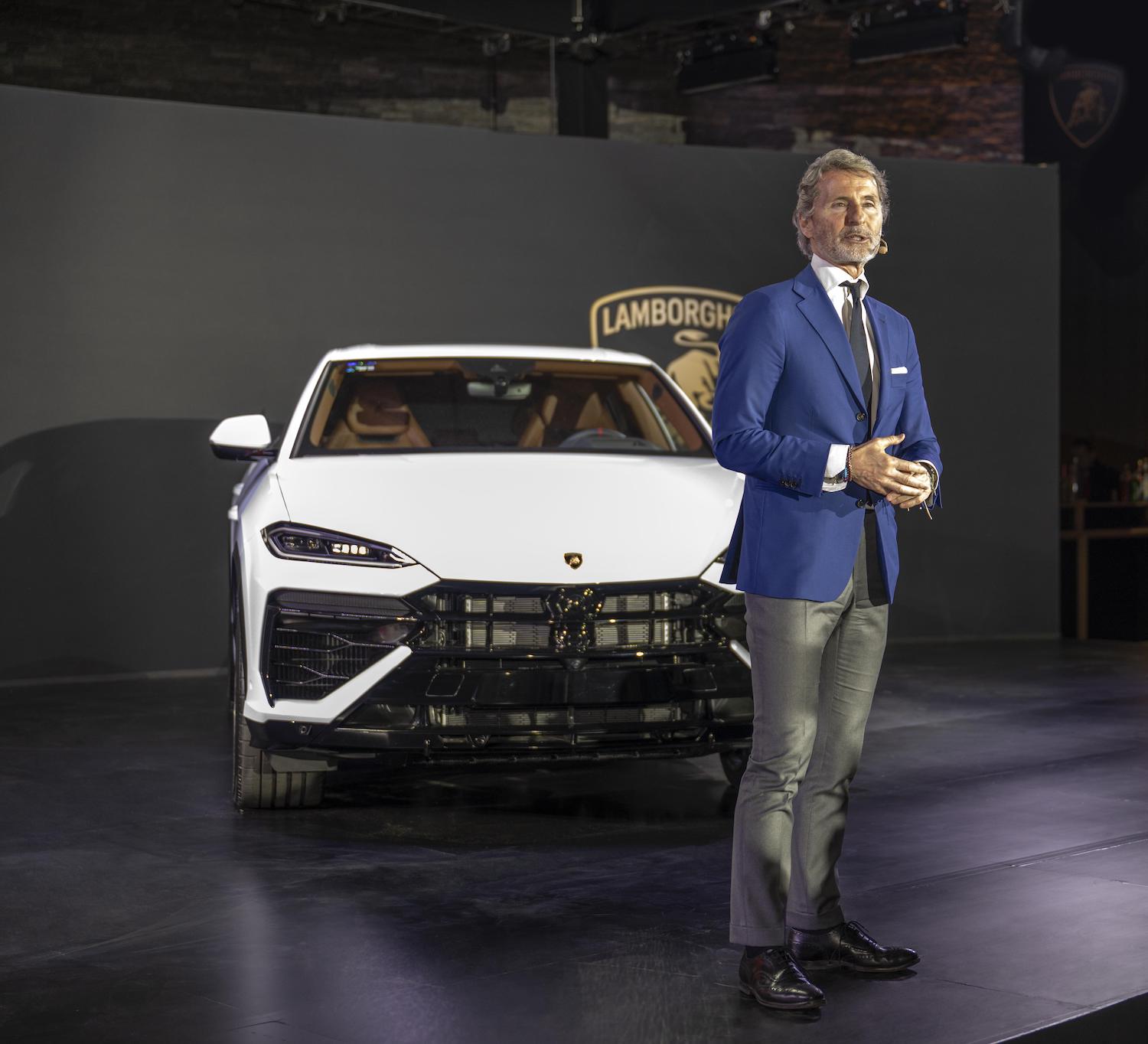Used Electric Car Prices Fall in Line with Petrol Models as Demand Surges
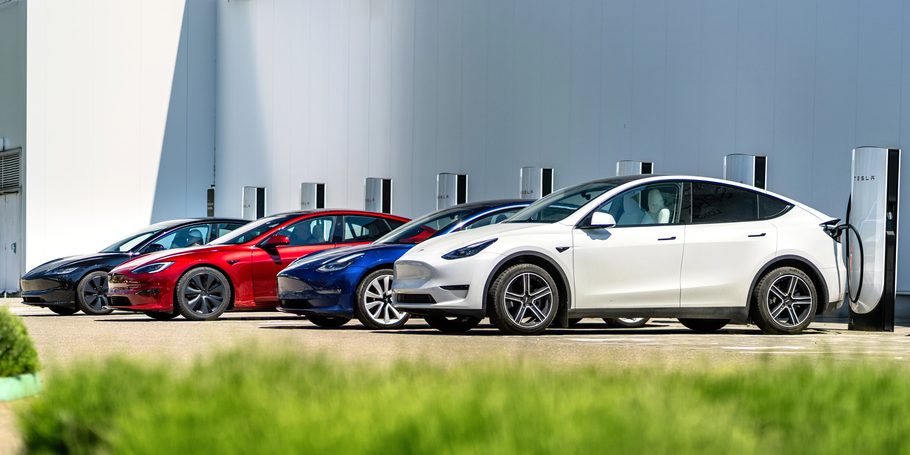
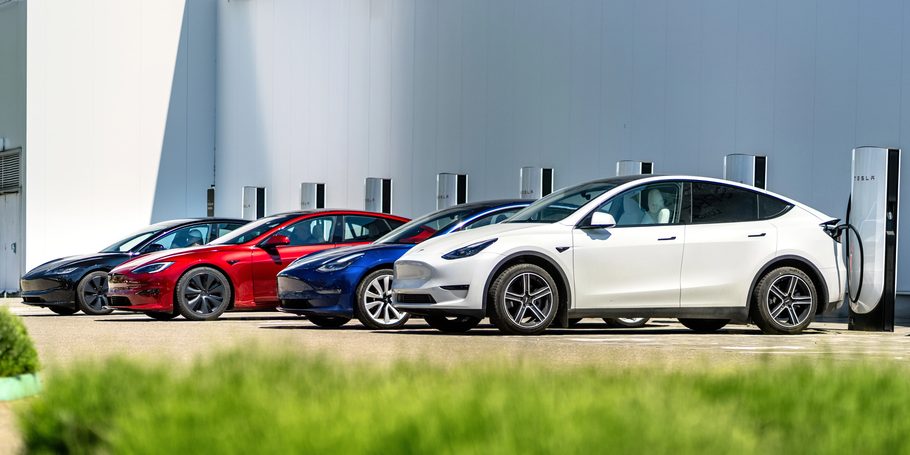
- Used electric vehicles are now priced within $900 of petrol cars, narrowing the gap to its lowest point on record.
- The surge in lease returns has increased supply and driven affordability, boosting used EV sales by 59 percent year over year.
- Analysts expect 2026 to be the turning point for mass-market EV adoption as prices drop and local incentives continue.
Used electric vehicles are now selling for almost the same price as petrol cars, a shift analysts believe will fuel a major increase in adoption despite the end of federal incentives.
Data from Cox Automotive shows the average used EV sold for just under $34,700 in August, with the gap to comparable petrol models narrowing to under $900. That’s the smallest price difference ever recorded, reflecting how quickly affordability is reshaping the market.
Even without the recently scrapped federal tax credit, which had offered up to $4,000 for used EVs, buyers are responding to the price drop. Around 41,000 used electric vehicles changed hands in August, a 59 percent increase from the same time last year.
Scott Case, chief executive of EV research firm Recurrent, said the shift in prices could define the next phase of the market. He believes 2026 will be remembered as the year the used EV finally went mainstream.
One reason for the rapid change is the wave of lease returns hitting the market. Over a million electric vehicles have been leased since 2023, many through arrangements that allowed lessees to claim a $7,500 credit more easily than direct buyers. As those leases end, a flood of used models is pushing prices down and choice up.
Stephanie Valdez Streaty of Cox Automotive said affordability is finally within reach for the average buyer. She noted that more than a dozen used EV models are now cheaper than their petrol equivalents, including popular options like the Tesla Model 3, Tesla Model Y, Chevrolet Bolt EV, and Ford Mustang Mach-E.
Some of the best deals are appearing at the lower end of the market, with the Nissan Leaf averaging around $12,900 and the Chevrolet Bolt EV sitting just above $14,700.
While used models are driving the surge, new electric cars remain significantly more expensive. The average new EV in August sold for just over $57,000, around $9,000 higher than a typical petrol car. Aaron Bragman from Cars.com said the end of the tax credit has removed an important short-term incentive but insisted the market still offers good value.
He pointed to models like the Nissan Leaf, Fiat 500e, Hyundai Kona Electric, and Chevrolet Equinox EV, all starting below $35,000. Bragman said brands are adapting fast and that battery costs continue to decline, making long-term competitiveness more likely.
Surveys suggest public interest remains strong. A recent J.D. Power study found that nearly six in ten new-car shoppers are considering an electric vehicle in the next year, a figure that has remained steady even after the tax credit was withdrawn.
Analysts say the focus now should be on total ownership costs rather than sticker prices. Electric vehicles tend to be cheaper to maintain, require fewer repairs, and save money on energy, which can make them less expensive overall than petrol cars. However, savings depend on access to affordable charging, as drivers who rely on public networks often face higher costs than those who can charge at home.
Despite the loss of the federal credit, many state-level programs continue to offer substantial support. Buyers in California, Colorado, Connecticut, Maine, Massachusetts, New Jersey, New York, and Rhode Island can still access rebates that cut thousands off the purchase price.
Al Salas, chief executive of Eco Auto, said those measures are making a visible difference in states where EV ownership is growing fastest. He believes the mix of falling prices, broader choice, and local incentives is setting up a new phase in the market where electric cars become a realistic option for most drivers rather than a luxury purchase.
With battery prices falling, used stock increasing, and interest holding firm, analysts say the next 18 months could be pivotal in bringing electric mobility into the financial reach of ordinary households.

